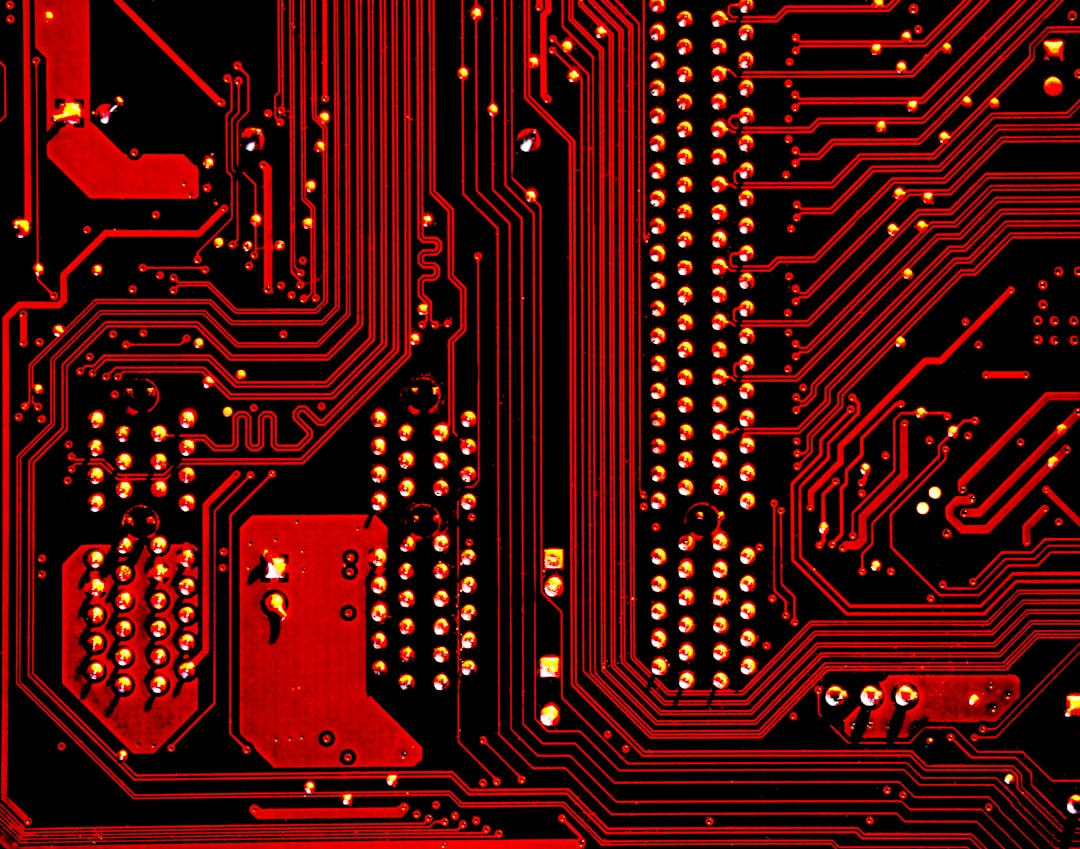3D printing, also known as additive manufacturing, is revolutionizing the manufacturing industry in ways never thought possible. This technology allows for the creation of complex and custom-made objects by layering materials according to a digital model. The potential applications for 3D printing in manufacturing are vast and continue to expand as the technology becomes more advanced.
One of the main benefits of 3D printing in manufacturing is the ability to produce customized products at a fraction of the cost and time compared to traditional manufacturing methods. This allows for greater flexibility in the design and production process, giving manufacturers the ability to meet the specific needs of their customers. For example, in the medical industry, 3D printing is being used to create customized implants and prosthetics tailored to individual patients for better outcomes.
Additionally, 3D printing can significantly reduce waste as it is an additive process, meaning that material is only used where it is needed. This is in contrast to subtractive manufacturing methods, such as CNC machining, where excess material is often wasted. As the issues of waste and sustainability become increasingly important, 3D printing offers a more environmentally-friendly alternative for manufacturing.
Another exciting development in the future of 3D printing in manufacturing is the use of advanced materials. Traditionally, 3D printers have been limited to using plastics and resins, but the technology is evolving to include metal, ceramics, and even food materials. This opens up new possibilities for creating products with unique properties and performance characteristics. For example, metal 3D printing is being used to create lightweight yet strong parts for aerospace applications.
Furthermore, advancements in software and design tools are making it easier for manufacturers to create intricate and complex objects using 3D printing. This is allowing for the production of products that were previously impossible to manufacture with traditional methods. Additionally, the ability to quickly iterate and prototype designs with 3D printing is helping companies bring products to market faster and with fewer errors.
One of the challenges facing the future of 3D printing in manufacturing is scalability. While 3D printing is ideal for producing small batches of customized products, it may not be as cost-effective for mass production. However, as the technology continues to develop and prices for 3D printing equipment decrease, it is likely that 3D printing will become more viable for large-scale manufacturing in the future.
Overall, the future of 3D printing in manufacturing is bright. With its ability to create custom-made products, reduce waste, and utilize advanced materials, 3D printing is poised to transform the way products are manufactured across a wide range of industries. As the technology continues to evolve and become more accessible, we can expect to see even greater innovation and efficiency in the manufacturing sector.

